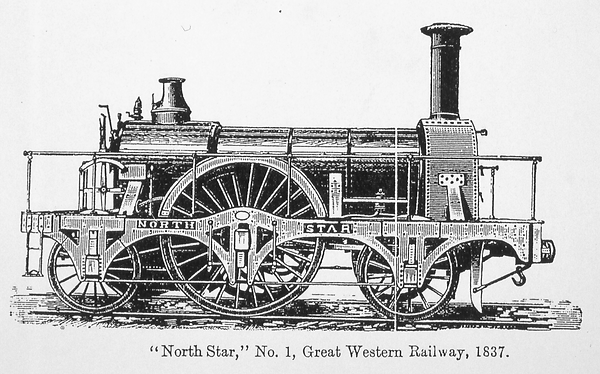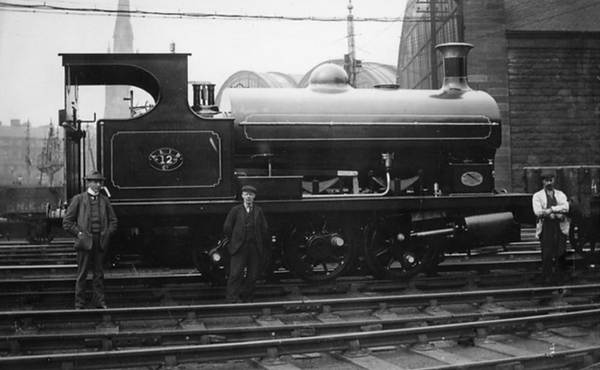
The Products
Products of South Street Works
On setting up the works in 1823 it was the intention of the Partners, Edward Pease of Darlington, Michael Longridge of Bedlington, George and Robert Stephenson of Killingworth, to construct locomotives for the Stockton & Darlington Railway which was to be the first railway where Government sanctioned it to carry passengers as well as to convey goods traffic. Before this it had been the general practice for engines to be constructed by colliery engine wrights and blacksmiths on their premises. With this concept of a new purpose built works is found the unique distinction of the Company which bore Robert's name and with him as its Managing Partner.
(Science Museum page)
Robert Stephenson & Co. and its founders were thus at a pivotal point in the achievement of railway advancement. Almost every locomotive produced at the works between 1828 and 1833 was a definite link in the chain of Robert's rapid development programme and, of course, the famous Rocket of the Rainhill Trials, 1829, was a link in that chain.
To begin with pairs of locomotives embodied specific developments and some of them became prototypes in their own right such as Pride of Newcastle 1828, Northumbrian and Planet 1830 which led to the six-wheeled Patentee 1833 and so to the North Star for the GWR's broad gauge, 1837.
Products of the Works feature regularly in "The Rocket" - the Trust's newsletter on Facebook
_tif.png)
A publication of 1840 stated that out of 630 engines running on British and foreign railways more than two-thirds were six wheeled engines of which 159 had been built by Robert Stephenson & Co.
It is not surprising that some ten years earlier the Company had to sub-let from an official Lessee of adjacent land on Forth Banks and soon a new smiths' shop was being put up opposite the Company's first office with its impressive first floor bow window.
Within a short time a long narrow Boiler & Tank Shed was also constructed in a field to the west side of South Street with access from Sussex Street.

South African Railways locomotive 1859
_tif.png)
Hilton Main Colliery locomotive 1876

It was not only locomotives that were constructed by the Company; colliery engines and winding equipment, marine engines, bridges, even a steam operated chain train ferry for crossing the River Nile in Egypt, all were built here over the years in addition to the repair and overhaul of railway engines and of steam rollers and traction engines.
By the late 1880s it had been realised that the Forth Banks site could not be expanded any further and in 1899 the Company was wound up. A new company, Robert Stephenson & Co. Ltd., was formed and selected a green-fields site for its new works at Springfield, a short distance to the north-east of Darlington with direct access off the East Coast Main Line of the North Eastern Railway. The old works at Newcastle continued to complete its orders for new engines and outstanding repair orders, mostly to small industrial engines. Over a period the more important manufacturing equipment and machine tools were gradually removed to the new works.
The last new engine to leave, on 14th August, 1902, was works no. 3094, an 0-6-0ST for the London & India Docks Company, their number 12. Altogether some 2,748 locomotives had been constructed there in its lifetime as a locomotive works before the doors were finally closed to this class of work in 1904.




